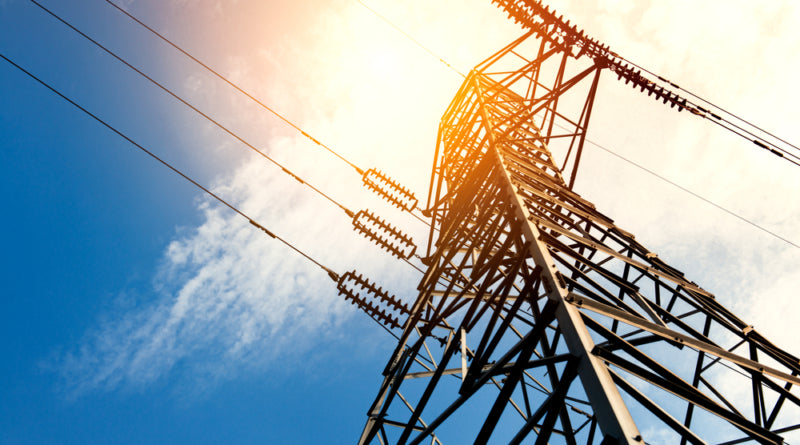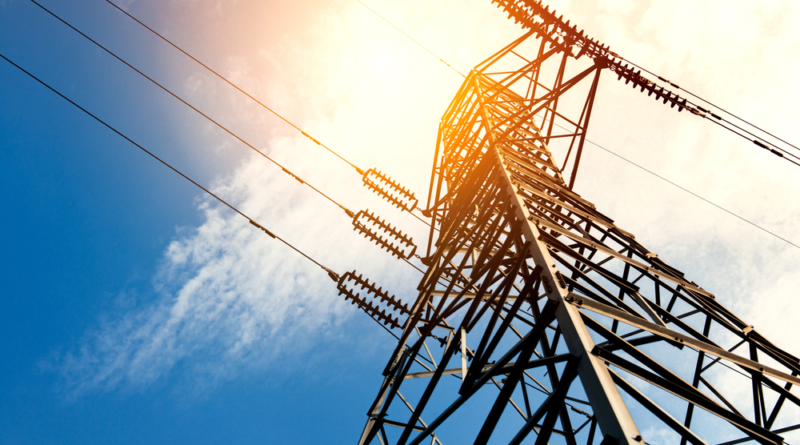
The term “power system” has become increasingly important in today’s rapidly evolving technological landscape. Energy systems play a central role in our daily lives, from powering homes and businesses to powering complex industrial processes. This comprehensive guide examines the intricacies of power systems, from their basic components to the latest developments, providing valuable information for beginners and seasoned professionals alike.
Power System Definition
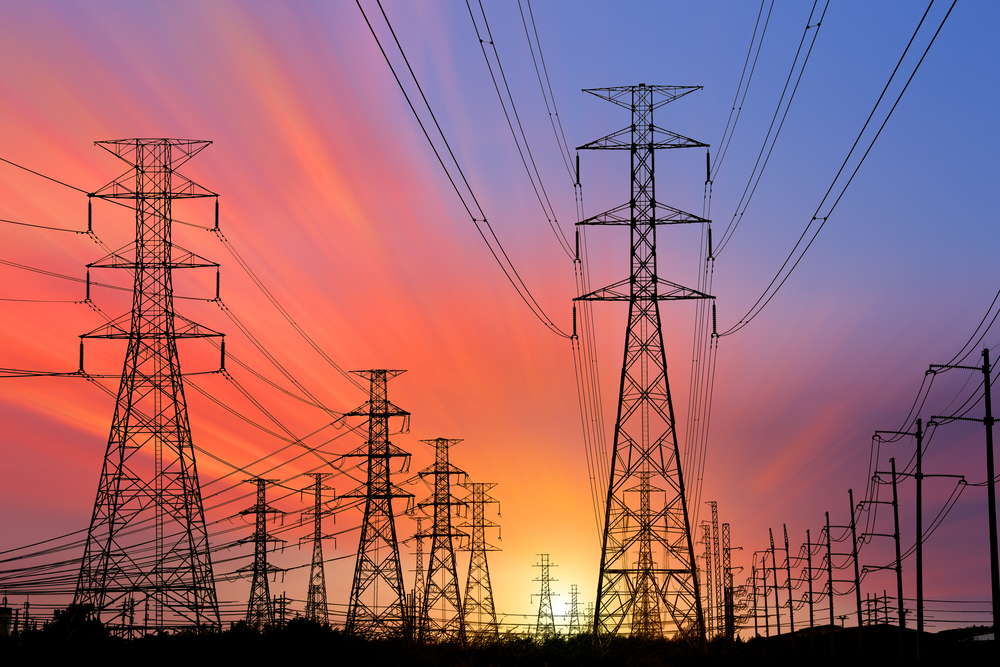
An electrical grid, also known as an electrical power system or power grid, is a network of electrical components used to supply, transmit, and use electrical energy. It includes generators, transformers, transmission lines, distribution lines and various control devices. The overall goal is to provide electricity reliably, efficiently and safely.
Types of Power Systems
Power systems can be divided into different types depending on their size, function and energy source:
- Centralized power systems : Large power plants provide electricity to a large area.
- Decentralized energy systems : Local generation of electricity for specific regions or communities.
- Renewable energy systems : Use sustainable sources such as solar, wind or hydroelectric energy.
Power system components
An electrical grid is an interconnected network that generates, transmits and distributes electrical energy. It consists of several components, each of which performs a unique function:
Generators
Generators form the backbone of power systems, converting mechanical energy into electrical energy. They can be powered by a variety of sources, including fossil fuels, nuclear reactions, and renewable resources such as wind and solar.
Transformers
Transformers play a crucial role in voltage regulation and power distribution. They allow efficient transmission of power over long distances by increasing or decreasing voltage.
transmission lines
Transmission lines are the highways that transport electricity from power plants to distribution centers. High voltage lines minimize power loss during long-distance transmission.
Distribution lines
Distribution lines carry electricity from distribution centers to end users. They operate at lower voltages and involve a complex network of substations and transformers.
Control devices
Modern control devices such as SCADA (Supervisory Control and Data Acquisition) systems are crucial for monitoring and controlling the flow of electricity. Automation improves network reliability and enables rapid response to outages.
Advances in the energy system
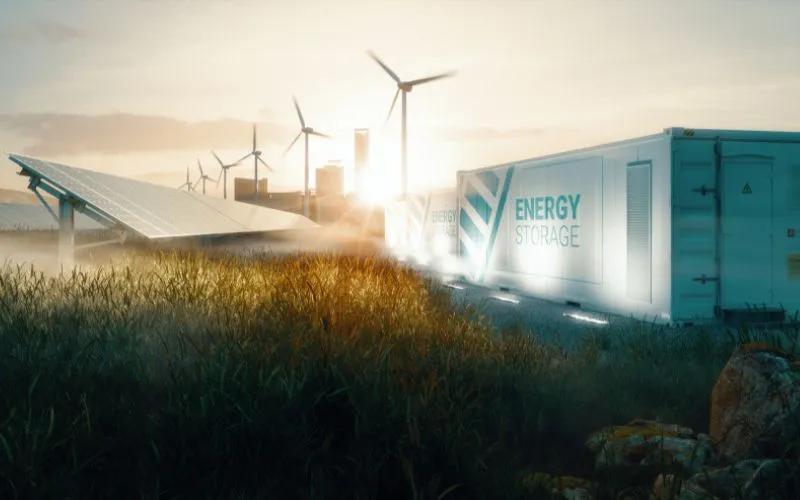
In recent years, notable progress has been made in energy systems, particularly in the integration of smart grids and energy storage solutions. Smart grids use digital technologies for real-time monitoring and control, improving efficiency and reliability. Energy storage, including technologies such as lithium-ion batteries, contributes to grid stability and addresses the growing importance of renewable energy sources.
Smart Tables
Smart electrical grids emerged through the integration of digital technologies into energy systems. These networks improve efficiency, reliability and sustainability through real-time monitoring and control. Key features include:
Smart Grid Features:
- Advanced Metering Infrastructure (AMI) : Enables accurate monitoring of energy consumption.
- Distributed Energy Resources (DERs) : Seamlessly integrates renewable energy sources.
- Demand management systems : Adjust energy consumption according to fluctuations in demand.
Energy Storage Solutions
Efficient energy storage is a crucial aspect of modern energy systems. Technologies such as lithium-ion batteries and pumped storage contribute to grid stability and enable the integration of intermittent renewable energy sources.
Energy Storage Technologies:
- Battery Energy Storage Systems (BESS) : Store excess energy for later use.
- Flywheel Energy Storage : Uses kinetic energy for short-term storage.
- Thermal energy storage : Stores and releases energy using temperature differences.
Challenges and solutions
Electrical systems face challenges such as grid stability and the integration of renewable energy. Extreme weather and cyber threats pose risks, but solutions like microgrids, grid modernization and predictive analytics mitigate these concerns. Integrating renewable sources requires advanced forecasting, grid-forming inverters and energy storage technologies to manage intermittency.
Network stability
As power systems become more complex, ensuring grid stability becomes a major challenge. Extreme weather events, cyberattacks and equipment failures can disrupt power supplies. Robust solutions include:
Resilience strategies:
- Microgrids : Local and self-sufficient energy systems.
- Network modernization : Updating aging infrastructure with advanced technologies.
- Predictive analytics : Anticipate potential problems through data analysis.
Transition to renewable energy
The global shift to renewable energy sources brings with it opportunities and challenges for energy supply. The integration of intermittent energy sources and the control of their variability require innovative solutions:
Integration of renewable energies:
- Energy Forecasting : Forecast the availability of renewable energy.
- Grid-forming inverters : Improve stability during fluctuations.
- Energy storage integration : Balancing imbalances between supply and demand.
Future trends in power systems
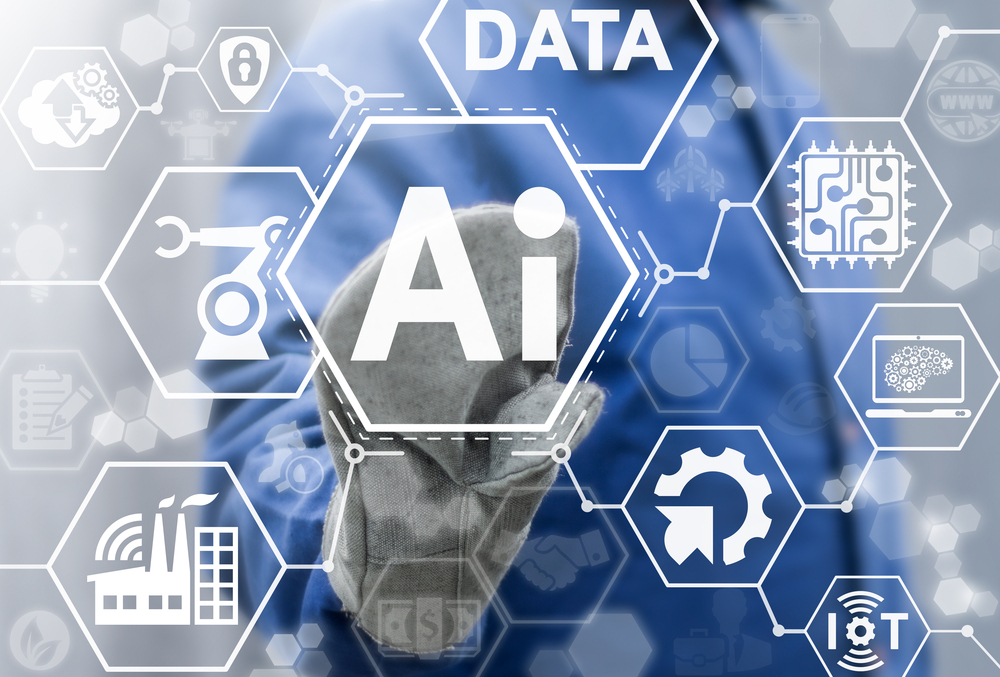
The future of energy systems includes the integration of artificial intelligence (AI) and the electrification of transportation. AI optimizes network performance, predicts outages, and increases overall efficiency. The electrification of transport requires robust charging infrastructure, demand management and Vehicle-to-grid (V2G) technology and reflects a dynamic and transformative future.
Artificial intelligence (AI) integration
The integration of artificial intelligence into energy systems is a game changer. AI algorithms optimize power distribution, predict equipment failures, and improve system performance.
AI applications in the energy system:
- Predictive maintenance : Detect and resolve device issues before they occur.
- Load forecasting : Accurate forecasting of energy needs for efficient planning.
- Network Optimization : Dynamically adjust power flow for optimal performance.
Transport electrification
The increasing diffusion of electric vehicles is changing energy systems. As more and more vehicles rely on electricity, there is a growing need for infrastructure that allows for widespread charging of electric vehicles.
Effects of electrification:
- Expanding charging infrastructure : Building a robust network of charging stations.
- Demand management : Offsetting the additional load of electric vehicles.
- Vehicle-to-Grid (V2G) technology : Allows electric vehicles to feed electricity back to the grid.
Conclusion
In short, the development of the energy system reflects a dynamic synergy between technological advances, adaptive solutions to challenges and anticipation of future trends. The integration of smart grids and energy storage solutions has ushered in a new era of efficiency, reliability and sustainability. While challenges such as grid stability and renewable energy integration persist, innovative solutions including microgrids and predictive analytics are changing the landscape. Looking to the future, the incorporation of artificial intelligence and the electrification of transport will redefine the way we generate, distribute and consume electricity. As energy systems continue to evolve, the search for smarter, more resilient and more sustainable energy solutions continues to be a priority on the industry's agenda.
Common questions
How do smart grids improve the efficiency of the electrical system?
Smart grids increase efficiency through real-time monitoring, modern metering technology and seamless integration of distributed energy resources. These technologies reduce losses, improve reliability and allow efficient management of renewable energy sources.
How can energy systems overcome the challenges of integrating renewable energy?
Power Systems addresses renewable energy challenges through advanced forecasting, grid-forming inverters for stabilization, and integration of energy storage technologies. These solutions help balance the variability and intermittency of renewable energy sources.
What are the biggest challenges in ensuring network stability?
Network stability is tested by extreme weather events, cyberattacks and equipment failures. Solutions include microgrids for local energy independence, grid modernization with advanced technologies, and predictive analytics to predict and prevent outages.

